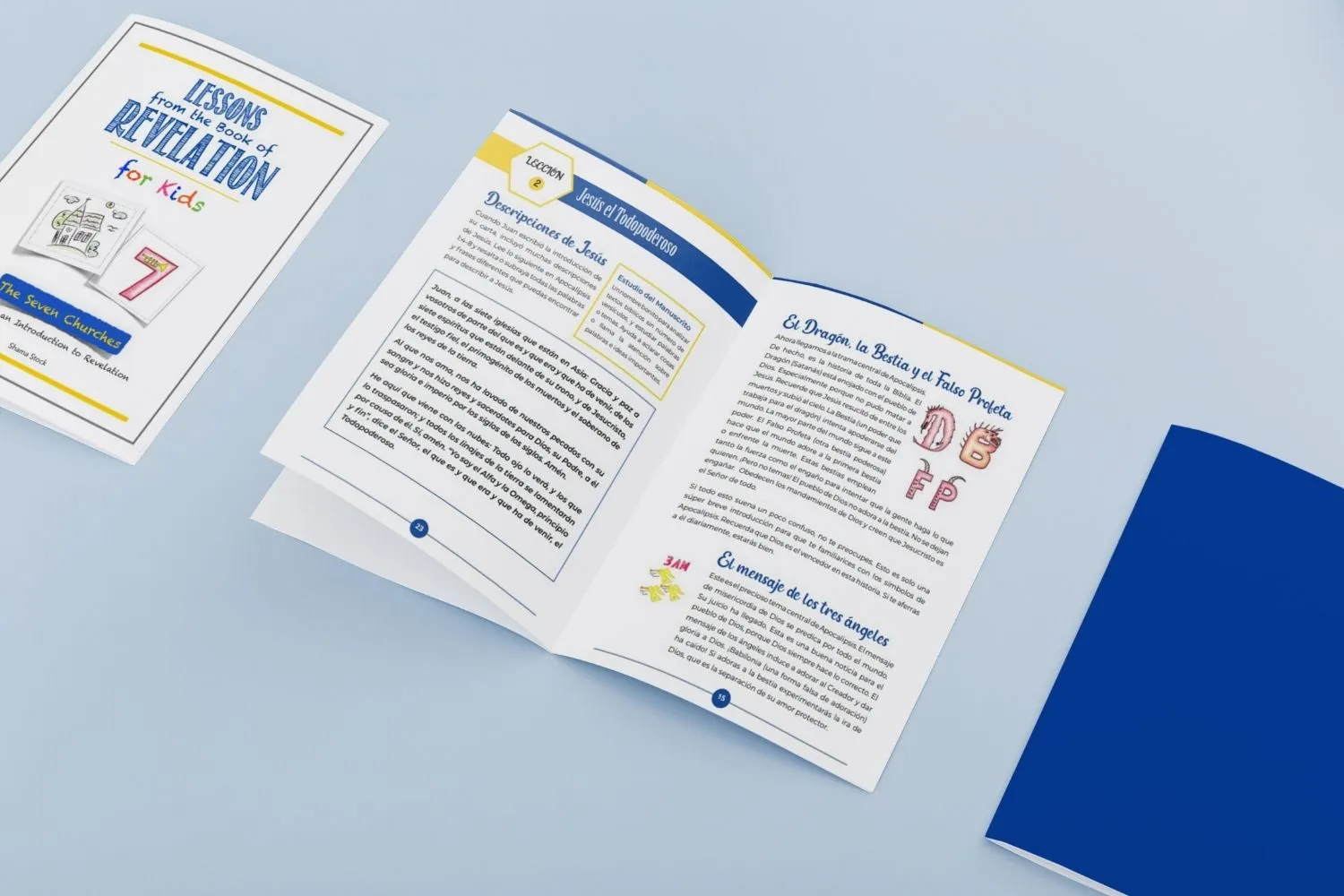The Next Great Migration, by Sonia Shah: An Excerpt
1. Exodus
The early spring sky is a deep saturated blue next to the muddy brown of the dry, scrubby hills of the San Miguel Mountains in southern California. Save for the thrum of a distant bulldozer, this open, unassuming place is quiet. It’s visually calm, too, with few dramatic features: just sandy, sunbaked ground, gentle slopes, and low shrubs and grasses of varying russet shades. The hills seem to continue indefinitely into the distance, crisscrossed by rutted dirt roads and thin walking trails.
The creatures I’ve come to see are equally unassuming. Euphydryas editha, aka Edith’s checkerspot butterflies, are so slight and unobtrusive that they would be barely detectable in any amateurish photograph I might shoot on the iPhone tucked into my back pocket. The plant they live and feed on, the dwarf plantago, is equally modest. It grows just a few inches high, with needle-like leaves and tiny, translucent white flowers on thin stalks. It’s about as dazzling as dry grass. You could easily crush it underfoot—as I did—without noticing its presence at all.
The butterfly expert accompanying me—the perfectly named Spring Strahm—brought me here, bouncing along in her four-wheel-drive truck, over roads that had been closed to the public since 2015. Finding a checkerspot butterfly in these mountains, she tells me, is “kind of like seeing a unicorn,” but she’s famously good at it.
[ Return to the review of “The Next Great Migration.” ]
We amble slowly into the hills, Strahm occasionally dropping to hands and knees to inspect some low-growing grasses for hidden butterflies and turn over a few leaves in search of caterpillars. After the better part of an hour, having acquired nothing beyond a few rivulets of sweat, she decides we’ve had enough. It’s time to head back to the truck and try to find the elusive checkerspot elsewhere. I unscrew my water bottle for a quick swig, adjust my backpack, and follow her back down the trail.
A few minutes later, she stops short. She stands there unmoving, blocking the path. Then I notice she is staring at the wizened hiking boots on her feet. I look down. A low fluttering cloud of butterflies hovers around our ankles.
I’d come to see the checkerspots thanks to Camille Parmesan. With her mane of dark curls and ice-blue eyes, Parmesan could pass as an earthy, compact version of Wonder Woman, if Wonder Woman liked dirt and bugs instead of lassoes and invisible jets and spoke in regional slang. Parmesan grew up in an Italian family in Texas. She freely uses the word ain’t and prefers honker over large, and out the wazoo over abundant.
Parmesan first started studying checkerspots as a graduate student in ecology in the 1980s, after giving up on the study of birds (they wake up too early), lab-reared primates (too unnatural), and honeybees (too many stings). She liked butterflies, she says, because they were easy to watch in their natural environment and amenable to manipulation. She’d spent her childhood camping out with her mom, studying field guides and identifying plants and birds. Her mother loved botany but by profession was a geologist, working, like many in Parmesan’s Texan family, in the oil industry. She’d provided her daughter with a uniquely geological spin on her camp-side botanical teachings. From her, Parmesan had learned about the deep history of wild species through geological time, about how they’d advance northward during warm periods and then retreat during cold ones, rising and falling along with the ice ages.
By the time she entered the world of checkerspot biology, conditions were dire for the field’s diminutive subject. She knew, from dusty museum records and the prodigious personal collections of amateur butterfly enthusiasts, that the checkerspot had once been common, with colonies up and down the mountainous west coast of North America, from Baja California in Mexico to British Columbia in Canada. Legend had it that one enterprising butterfly collector had caught masses of them just by riding his motorcycle along the coast, one arm extended, butterfly net in hand. But for years their numbers had been declining.
The reason was pretty clear to most ecologists. The checkerspot was not able to really move much. As fuzzy black caterpillars, they rarely inched more than a handful of feet from the plants from which they hatched. Even after they unfurled their spotted wings, they stayed low to the ground and close to home, rarely flying more than a few meters from the scenes of their metamorphoses. Wind or rain would send them clambering with their thin spindly legs to the base of their dwarf plantagos, settling as low to the ground as possible to prevent their delicate bodies from being inadvertently swept away in a gust. They were widely known, in the field, as “sedentary,” the entomological equivalent of homebodies.
Meanwhile they were getting squeezed. The dwarf plantagos they preferred were drying out in the southern part of their range, as the carbon-torched climate in northern Mexico grew hotter and drier. The urban sprawl of growing cities such as Los Angeles and San Francisco, meanwhile, swallowed up the gentle, sun-drenched slopes of the northern end of their range. Trapped between climate change on one end and urban expansion on the other, the checkerspot, most butterfly experts believed, was doomed.
[ Return to the review of “The Next Great Migration.” ]
It was a pretty simple story, being told in a range of variations across the globe. Parmesan had no illusions about changing the basic plotline, but she thought she might be able to document the specific ways in which the butterfly responded to the pressures it faced. A few of the colonies might exhibit some subtle local adaptation, perhaps, or emit some striking signal before their inevitable collapse. If she conducted a proper census, then crunched the data, with some sophisticated statistical analyses she might be able to scrape a passable dissertation out of it. Her research would be, in a way, an elaborate documentation of a species’ death throes, but that’s what a lot of ecology had become in this age of mass extinctions. There were worse ways to get a PhD.
Plus, the butterflies hatched in glorious spring weather, didn’t wake up until ten a.m., and were most easily spotted on sunny windless days. For four years, Parmesan spent her summers driving up and down the West Coast, hunting for butterflies by day and camping out in the mountains by night.
She didn’t have particularly high hopes for her results—“I wasn’t sure I would come out with anything at the end of it,” she says. Then she started analyzing the data. The butterfly’s numbers had contracted, compared to the historical records, which was what she’d expected. But there was something more, too: a signal in the noise, one that would upend her career and draw the attention of journalists like me from all over the world.
“I start looking at the pattern,” she told me when we met at a Tex-Mex restaurant in Austin. “And I see that the extinction rate is really high in the south, and really low in the north and in the mountains. I was expecting this complex pattern, and I thought, this is really simple! . . . I couldn’t have gotten clearer data.”
Like the wild species her mom had told her about on summer camping trips years ago, the butterfly had responded to the changing climate the way wild species had in millennia past.
It had moved.
“It’s just shifting its range northward and upward!” she says. The finding, now more than two decades old, still fills her with surprised delight. She gathers her hair with both hands and tosses it behind her back with a little shimmy. “My goodness!”
Parmesan published results from her butterfly survey in 1996. At that time, only two other studies had documented a wild species shifting its range in response to climate change, one in plant communities on the tops of mountains in the Alps and another in sea stars and mussels in Monterey Bay. Those were “very good papers,” she says, “but very small areas.” They could be easily dismissed as anomalous. While life-saving movements in response to climate change seemed theoretically possible at the time, few scientists dared to hope that wild species would be able to accomplish them at any meaningful scale.
Parmesan’s study of checkerspots, in contrast, showed a consistent pattern of movement across half of North America. She got a coveted single-author paper in the prestigious journal Nature and instantly ascended to the top ranks of climate change science. She became a member of the United Nation’s Intergovernmental Panel on Climate Change, a position that allowed her to review nearly a thousand other ecological studies, searching for the same signal she’d found in the checkerspots. Indeed, the butterfly’s poleward shift was no anomaly. The same pattern could be found in fifty-seven species of butterflies in Europe. And in marine organisms. And in birds.
Scientists who studied everything from plankton to frogs started reexamining their data. They found that of the four thousand species that they’d tracked, between 40 and 70 percent had altered their distribution over the past handful of decades, around 90 percent into cooler lands and waters in sync with the changing climate. On average, terrestrial species were moving nearly twenty kilometers every decade, in a steady march toward the poles. Marine creatures were moving into cooler waters even faster, moving about seventy-five kilometers per decade on average. Those averages obscured some spectacular leaps among specific creatures. Atlantic cod, for example, had shifted more than two hundred kilometers per decade. In the Andes, frogs and fungi species had climbed four hundred meters upward over the past seventy years.
Even the most seemingly immobile wild species were on the move. Coral polyps, which over decades form the branching thickets and sprawling nubby plates of the world’s coral reefs, may seem the picture of stately immobility. They are literally stone walls, absorbing the fury of the open ocean, protecting millions of fish species and seaside communities. And yet the coral reefs are moving, too. Scientists peering through glass-bottomed boats had been surveying corals around the islands of Japan since the 1930s. In 2011 scientists discovered that two species in particular—Acropora hyacinthus and Acropora muricata—had been moving northward at a speed of fourteen kilometers every year.
In the meteorologist Edward Lorenz’s famous formulation, the flapping of a butterfly’s wings creates a minor atmospheric disturbance that, because of the complex interplay of interconnected factors, ends up altering the path of a distant tornado. That was a poetic metaphor for one of my favorite insights, that small changes can have unexpectedly large effects. The whole point of the metaphor is that a butterfly’s flight is a seemingly insignificant factor, but still I figure he must have had something like the majestic intercontinentally migrating monarch butterfly in mind when he coined that turn of phrase. He couldn’t have been thinking of checkerspots. Having met a few of these butterflies and witnessed their unimpressively slow, low flying, I doubt their collective flapping could cause even a whisper of breeze, let alone any kind of major meteorological event.
And yet the little butterfly had triggered an outsized effect of a kind, its unlikely journey lifting the veil on a dramatic global phenomenon. In Unalakeet, on the northwest coast of Alaska, hunters find parasites from more than 950 miles southeast in British Colombia squirming under the skin of the wild birds they hunt. Red foxes spread north into Arctic fox territory. In Cape Cod boat owners encounter manatees from Florida casually sipping water from drainage pipes at their marinas.
A wild exodus has begun. It is happening on every continent and in every ocean.
[ Return to the review of “The Next Great Migration.” ]




